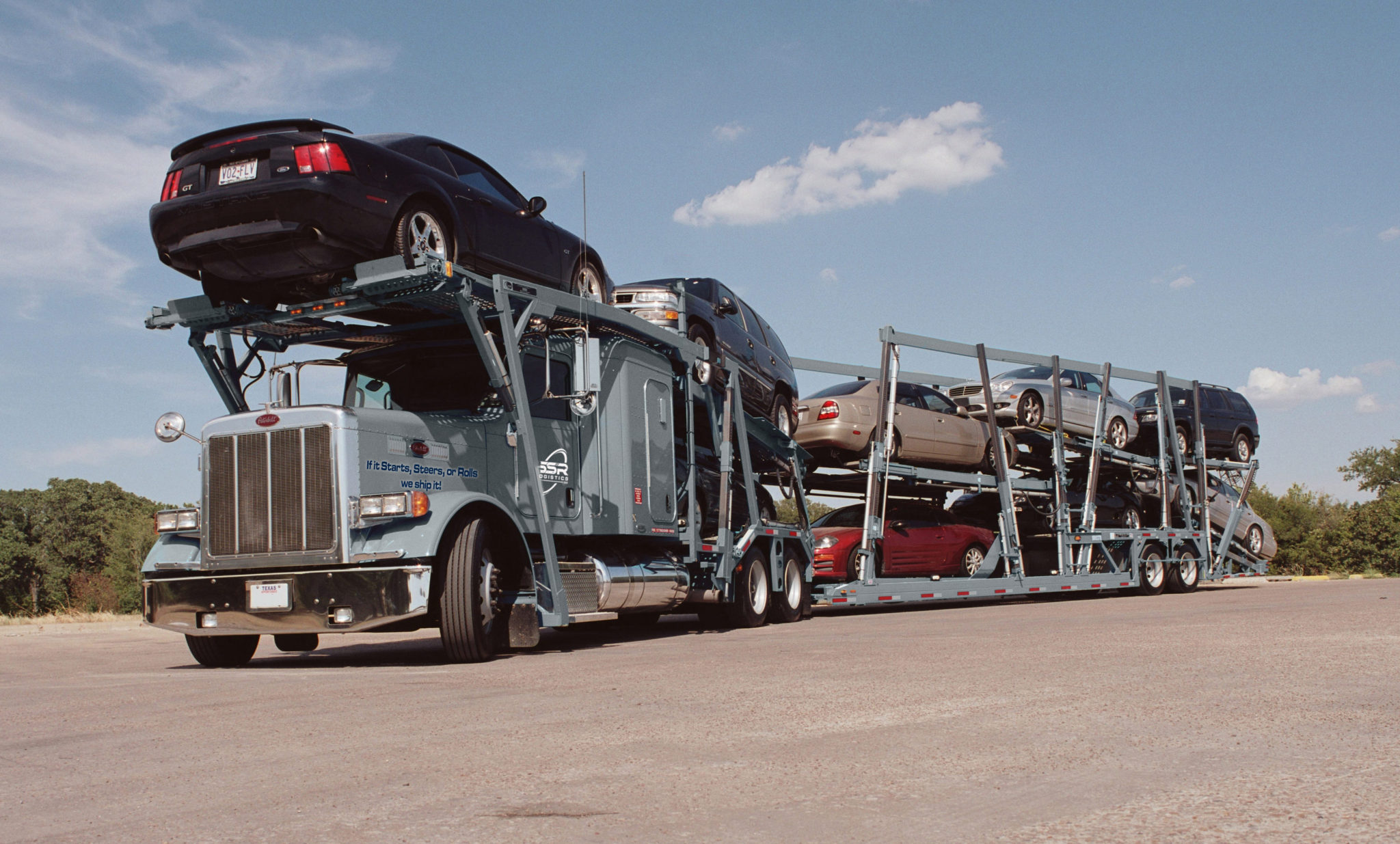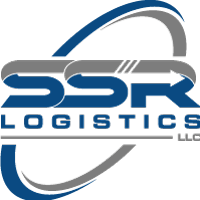Tips to make your auto shipping as streamlined as possible»
How to prepare your vehicle for auto shipping
Basic Auto Shipping preparation.
- Wash and dry your vehicle by hand if possible.
- This will provide a clean vehicle for the pre-shipment inspection.
- It will also re-familiarize you with any imperfections.
- Clean out the interior.
- Doing so will confirm all of the personal items are removed from the vehicle such as aftermarket GPS systems, Sunglasses, charger cables, spare keys, change ETC.
- You can leave the spare tire, emergency kit, jack, and hand tools in the trunk.
- Check all of the fluids to make sure they are at the proper levels.
- This is really important if you are transporting the vehicle to a different climate.
- When transporting to Alaska it is recommended to Winterize it to minus 40 degrees WOW.
- The most common ratio used is 70% water to 30% antifreeze for very warm parts of the country, but in colder areas a safer ratio and the one most manufactures recommend is 50:50 antifreeze to water.
- This is really important if you are transporting the vehicle to a different climate.
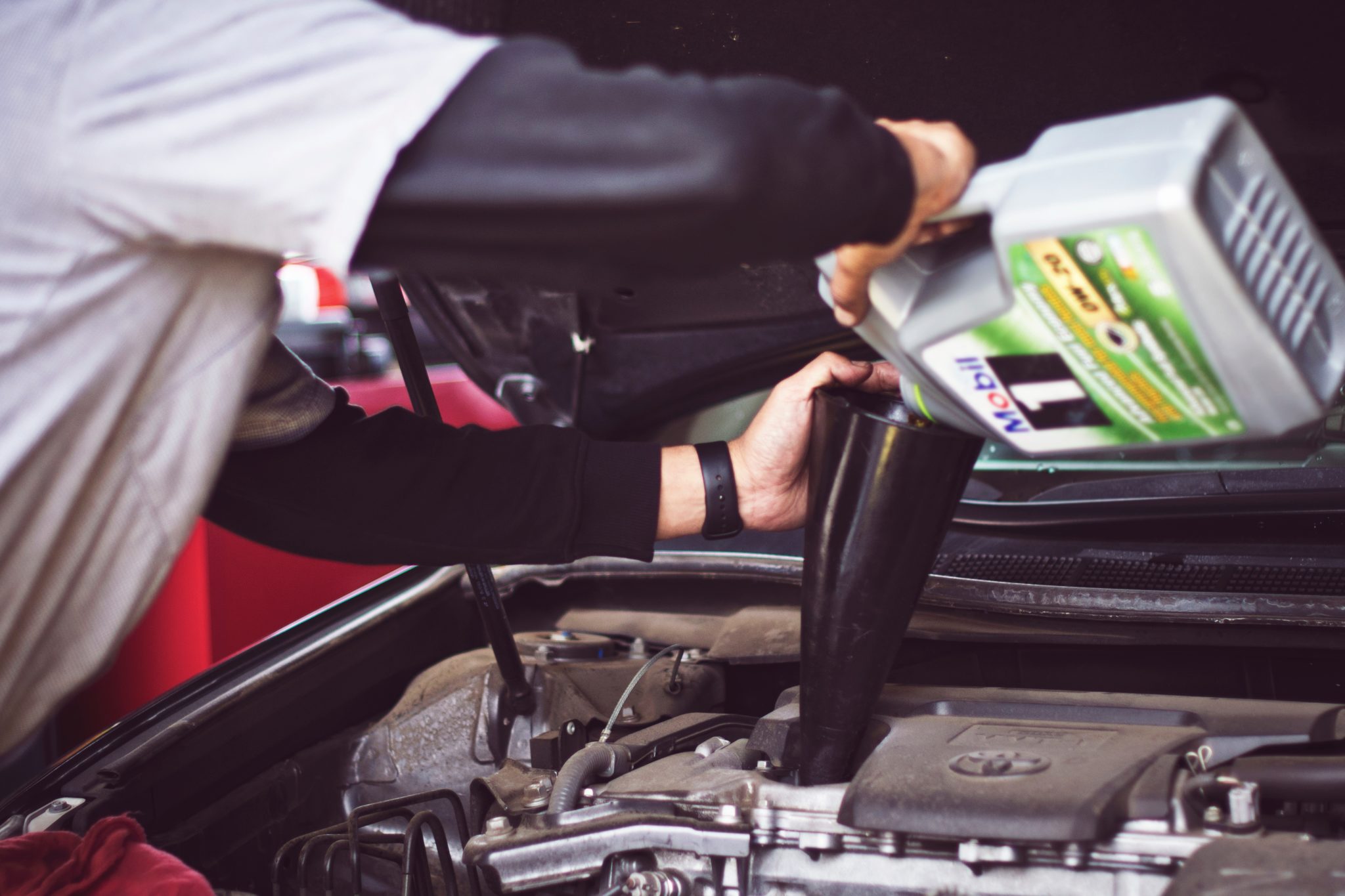
-
-
Remove custom accessories.
- An aftermarket air-dam would decrease the ground clearance of your vehicle making it more susceptible to possible damaged loading or unloading.
- Aftermarket fog lights may also increase the height of the vehicle or reduce the ground clearance.
- Antenna’s.
- Remove or retract all antennas if possible to minimize the possibility for damage.
- Convertibles.
- You will need to make sure the top is secured and in the closed position (we do not want the top to come open in transit due to the winds).
- Car covers.
- You will not be able to use a car cover when you transport a vehicle as the car covers are only suitable for a stationary vehicle not one that is going down the highway as it may cause damage to your vehicle or another on the carrier.
- Alarms
- Now a days most vehicles come with factory alarms and, key-less entry systems that, are hardwired in the vehicle so this is not as a big problem as it use to be, if you do have an aftermarket alarm please turn it off prior to shipping
- Toll tags and parking passes.
- Remove or suspend toll tags and or parking passes so they will not be charged during transport.
-
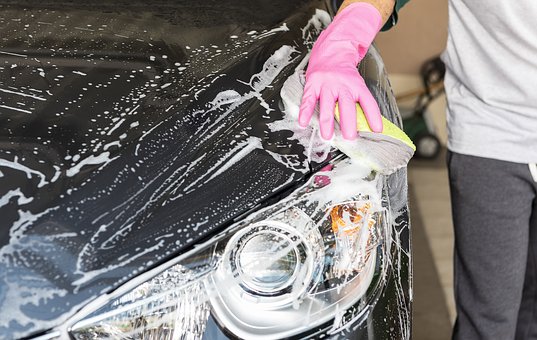
-
Battery.
- Have your battery tested, if it is older than 4 years it may be time to replace, better safe than sorry.
- 4 Wheel Drive.
- If you have 4WD you may want to activate it especially if you have not for a few months (check your owner’s manual on how to properly engage and disengage it).
- Breaks.
- Make sure to check to see if your emergency break is in working condition especially if you have a manual transmission, it will be a safety measure for the driver, he will use it when loading or unloading the vehicle from the transport.
- Belts and Hoses.
- A timing belt should be changed every 60,000 miles or so (check your owner’s manual to confirm).
- Hoses, Cold weather can reduce the life expectancy, make sure your are in good condition.
- Tire tread.
- Make sure you have adequate tire tread for a new location.
- You can hydro plane in less than one-tenth of an inch of water.
- Make sure you have adequate tire tread for a new location.
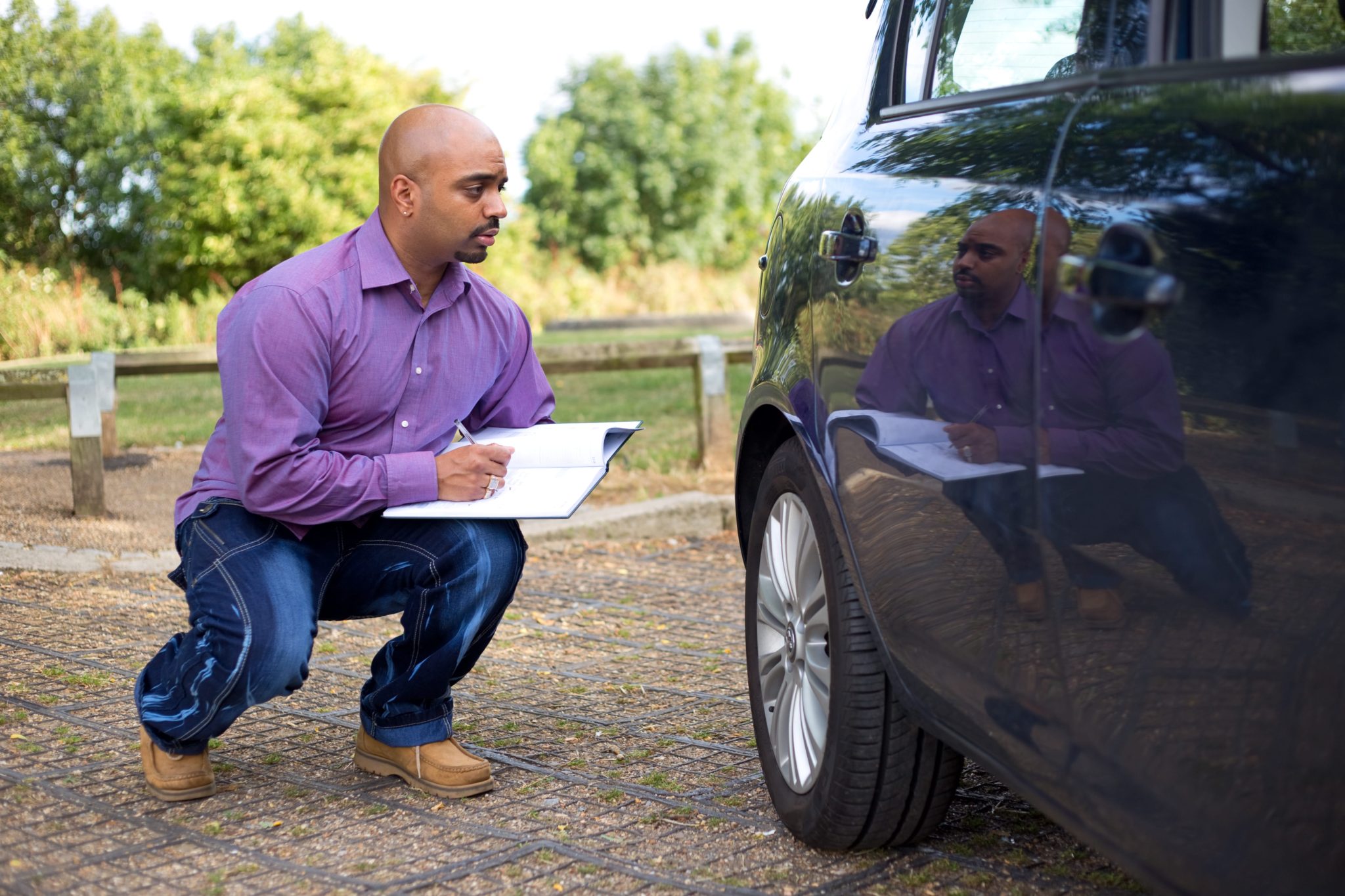
-
- Your Pre-Shipment Inspection.
- Take a few photos or if possible a video.
- Most phones now a days will capture the date time and location where the video is taken for your records.
- Take a few photos or if possible a video.
- Special starting instructions.
- If your vehicle has special starting instructions please make a note and leave it in the vehicle and or make notes on the BOL inspection at upon pickup.
- Fuel Level
- Don’t fill up your tank in most cases the carrier or ocean vessel will require the vehicle to have minimal fuel.
- Your Pre-Shipment Inspection.
If you do not feel comfortable under the hood, please check with your trusted mechanic prior to shipping.
